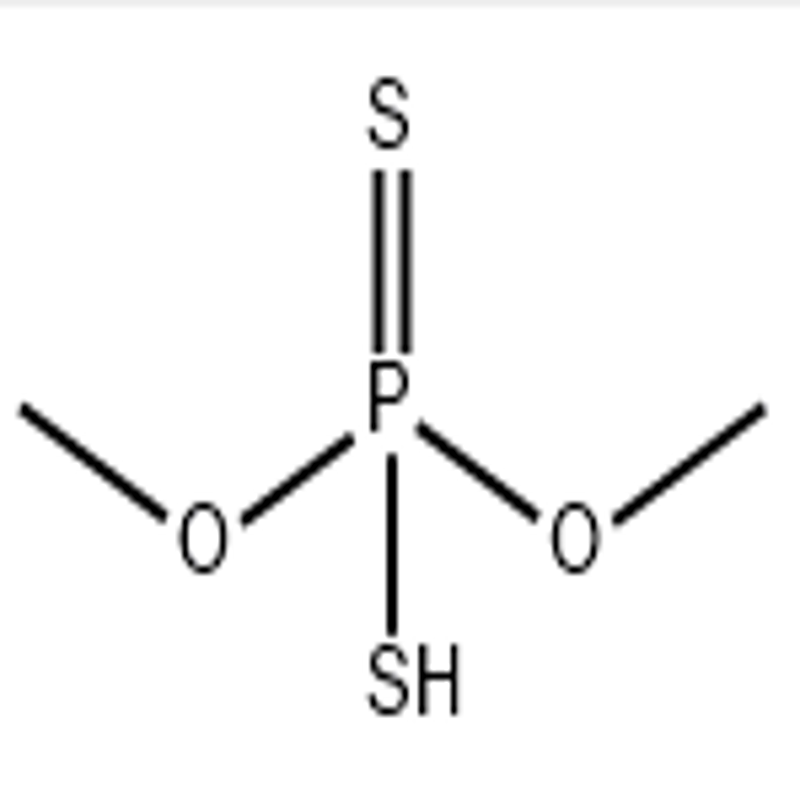-
Categories
-
Pharmaceutical Intermediates
-
Active Pharmaceutical Ingredients
-
Food Additives
- Industrial Coatings
- Agrochemicals
- Dyes and Pigments
- Surfactant
- Flavors and Fragrances
- Chemical Reagents
- Catalyst and Auxiliary
- Natural Products
- Inorganic Chemistry
-
Organic Chemistry
-
Biochemical Engineering
- Analytical Chemistry
-
Cosmetic Ingredient
- Water Treatment Chemical
-
Pharmaceutical Intermediates
Promotion
ECHEMI Mall
Wholesale
Weekly Price
Exhibition
News
-
Trade Service
On December 16-17, 2015, the 13th plenary meeting of the National Pesticide Residue Standard Review Committee was held in Beijing
.
The meeting deliberated on the "122 MRL standards for 90 pesticides including 24-drops of dimethylammonium salt in foods", "Transformation of the International Codex Alimentarius (CAC) 105 Pesticide Maximum Residue Limit Standards" and "108 Pesticides in Food" National Standards for Residual Testing Methods (Draft)
.
???? On December 16-17, 2015, the 13th plenary meeting of the National Pesticide Residue Standard Review Committee was held in Beijing
.
The meeting deliberated the “122 MRL Standards for 90 Pesticides including 24-D Dimethylammonium Salt in Food”, “Transformation of the International Food Code (CAC) 105 Pesticide Maximum Residue Limit Standards” and “108 Pesticides in Food”.
National Standards for Residue Testing Methods (Draft)
.
The meeting reviewed and approved the newly formulated "120 Maximum Residue Limit Standards for 89 Pesticides Including 24-D Dimethylammonium Salt in Food" and "962 Maximum Residue Limit Standards for 101 Pesticides Converted to CAC"; The testing methods involved in the newly formulated limit standards and the 108 national standards for testing methods are integrated and retained
.
???? This meeting is the last meeting of the First National Pesticide Residue Standard Review Committee
.
In their speeches, Deputy Director Chen Youquan and Director Hongyan Dong of the Standards Division of the Ministry of Supervision and Administration fully affirmed that the committee has done a great deal of work over the past five years and has achieved remarkable results.
The Ministry of Public Notice issued and implemented 6 technical specifications including the "Guidelines for the Application of Risk Assessment of Pesticide Residues in Foods" and "Guidelines for the Establishment of Maximum Residue Limits of Pesticides in Foods", which further improved the procedures and principles for the formulation of pesticide residue standards; Speed up the formulation of pesticide residue standards
.
The current committee reviewed and approved more than 5,200 limit standards, which is a five-fold increase from the 870 pesticide residue standards in 2009, forming a supporting standard system for formal, temporary, and exempt substances; third, the old standards have been cleaned up, 2012 Completed the clean-up of pesticide residue limit standards promulgated and implemented before 2009 in food, and completed the clean-up of 413 testing method standards in 2015, abolished more than 110 repeated old method standards, and formed a testing method system supporting the limit standards; The fourth is to formulate the "Work Plan for Accelerating the Improvement of China's Pesticide Residue Standard System", and propose that by 2020 the pesticide residue standards will reach 10,000 items, and achieve the goals of production with standards that can be followed, products with standards and inspections, and law enforcement with standards and judgments.
.
The meeting deliberated on the "122 MRL standards for 90 pesticides including 24-drops of dimethylammonium salt in foods", "Transformation of the International Codex Alimentarius (CAC) 105 Pesticide Maximum Residue Limit Standards" and "108 Pesticides in Food" National Standards for Residual Testing Methods (Draft)
.
???? On December 16-17, 2015, the 13th plenary meeting of the National Pesticide Residue Standard Review Committee was held in Beijing
.
The meeting deliberated the “122 MRL Standards for 90 Pesticides including 24-D Dimethylammonium Salt in Food”, “Transformation of the International Food Code (CAC) 105 Pesticide Maximum Residue Limit Standards” and “108 Pesticides in Food”.
National Standards for Residue Testing Methods (Draft)
.
The meeting reviewed and approved the newly formulated "120 Maximum Residue Limit Standards for 89 Pesticides Including 24-D Dimethylammonium Salt in Food" and "962 Maximum Residue Limit Standards for 101 Pesticides Converted to CAC"; The testing methods involved in the newly formulated limit standards and the 108 national standards for testing methods are integrated and retained
.
???? This meeting is the last meeting of the First National Pesticide Residue Standard Review Committee
.
In their speeches, Deputy Director Chen Youquan and Director Hongyan Dong of the Standards Division of the Ministry of Supervision and Administration fully affirmed that the committee has done a great deal of work over the past five years and has achieved remarkable results.
The Ministry of Public Notice issued and implemented 6 technical specifications including the "Guidelines for the Application of Risk Assessment of Pesticide Residues in Foods" and "Guidelines for the Establishment of Maximum Residue Limits of Pesticides in Foods", which further improved the procedures and principles for the formulation of pesticide residue standards; Speed up the formulation of pesticide residue standards
.
The current committee reviewed and approved more than 5,200 limit standards, which is a five-fold increase from the 870 pesticide residue standards in 2009, forming a supporting standard system for formal, temporary, and exempt substances; third, the old standards have been cleaned up, 2012 Completed the clean-up of pesticide residue limit standards promulgated and implemented before 2009 in food, and completed the clean-up of 413 testing method standards in 2015, abolished more than 110 repeated old method standards, and formed a testing method system supporting the limit standards; The fourth is to formulate the "Work Plan for Accelerating the Improvement of China's Pesticide Residue Standard System", and propose that by 2020 the pesticide residue standards will reach 10,000 items, and achieve the goals of production with standards that can be followed, products with standards and inspections, and law enforcement with standards and judgments.







